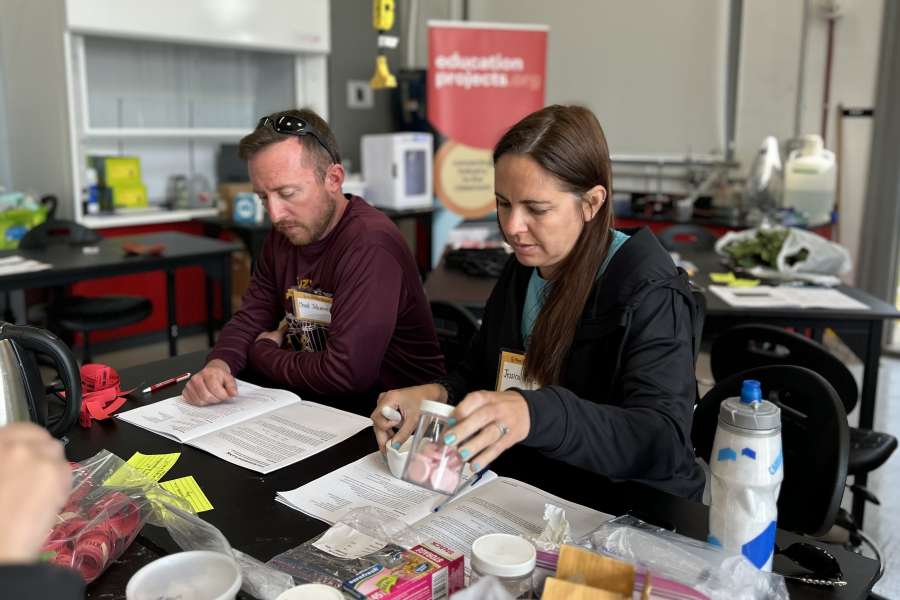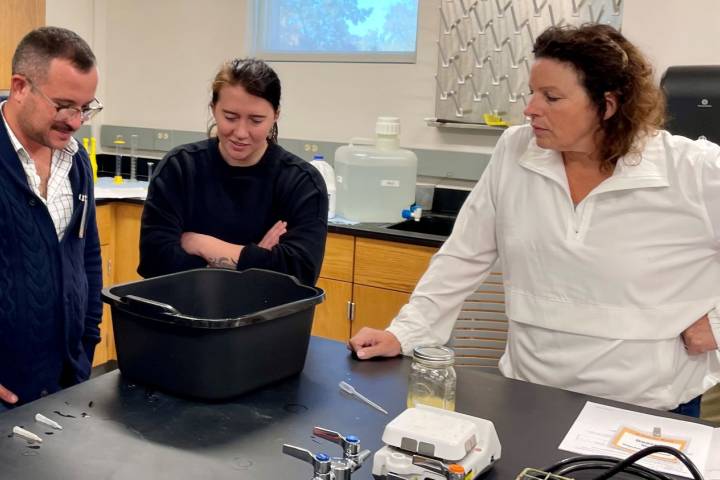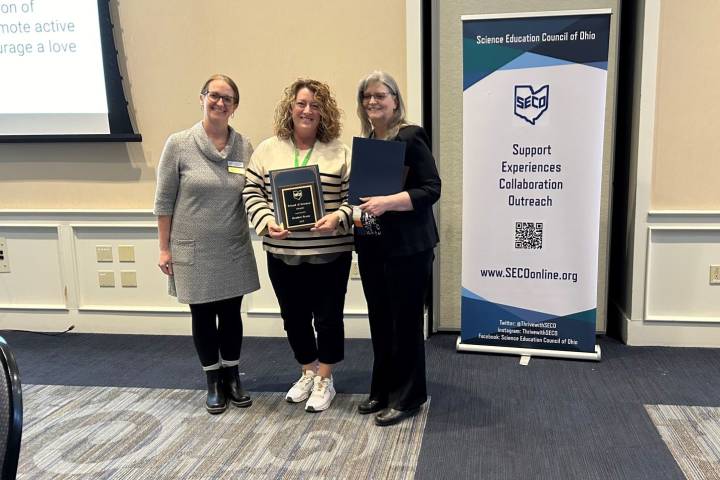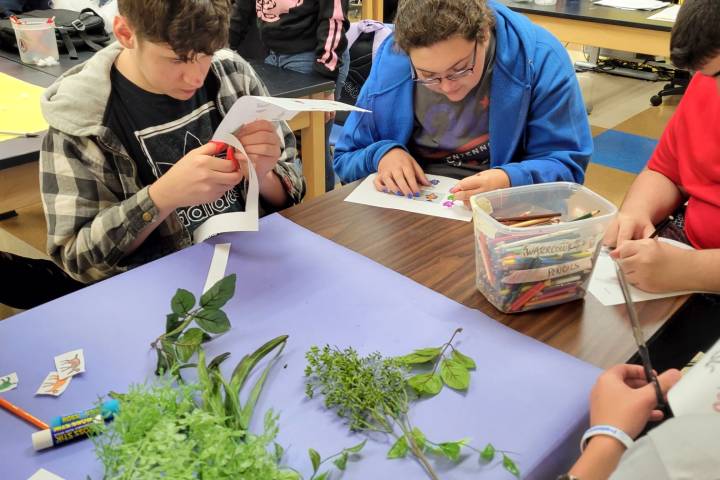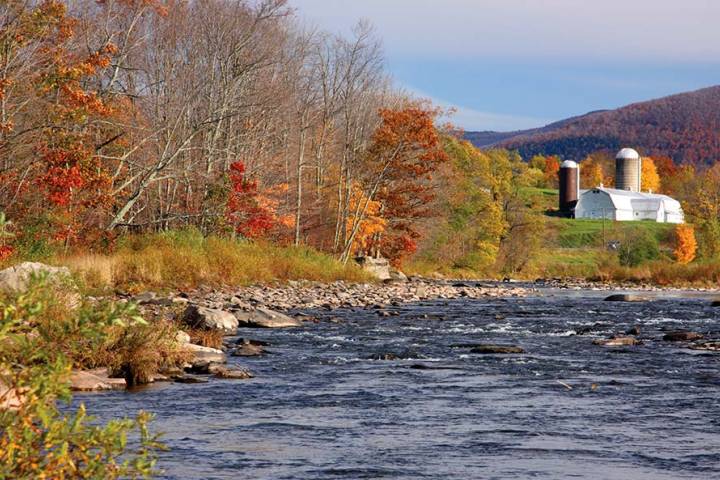Feed the World is your one source for curriculum, news, giveaways, workshop information, and other classroom resources brought to you by your friends at Ohio Corn & Wheat.
Check out the latest from Feed the World
Chad Schwinnen Connects Biochemistry to Agriculture at New Albany High School
Biology teachers Chad Schwinnen of New Albany and Jessica Jones of Olmsted Falls do …
More news stories
Sign up for our next workshop
00
Days
00
Hours
00
Minutes
00
Seconds
Sep 12, 2025 at 9 am EDT
Soil & Water Quality in the Classroom
An outdoor professional learning event for science teachers on classroom soil & water investigations
Join our mailing list
Sign up to get interesting news and updates delivered to your inbox.
Explore our free curriculum
Growing Ohio
Why is corn a valuable crop? How does corn grow, pollinate, and produce kernels? What farming techniques are important to increase corn yield?
Water quality
How does the production of corn affect water quality? How is water quality tested?
Did you know?
DDGs are a value-added food source.
Dried Distillers Grains with Solubles (DDGs), a co-product of ethanol production, are a nutrient-rich feed source for livestock.
Ethanol is a high-octane, low-carbon fuel of the future.
Ethanol is a high octane, low carbon fuel source. It is the lowest cost, most efficient, environmentally-friendly fuel option on the market.
Corn is one of the top feed sources for many forms of livestock.
Demand for corn as a feed source for several types of livestock has been increasing in recent years.
There are seven major types of corn.
Most Ohioans are familiar with the delicious sweet corn we enjoy each year. However, there are actually seven different types of corn, each with a unique appearance and purpose.
